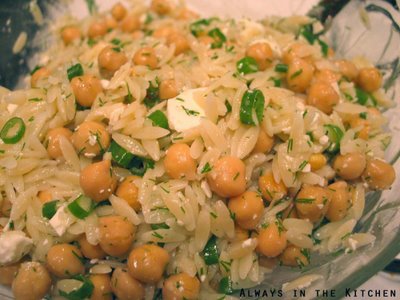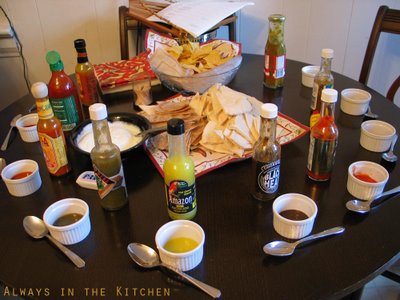After a few experiments, though, including one where I was slavishly following a recipe for Manhattan-style clam chowder (I'm not fond of clams, and had no experience cooking this dish, but it was as a treat for someone else), I ended up purchasing some fresh tarragon and adding it as prescribed. The effect, the change that was wrought in the soup, was phenomenal, and it warmed me to the use of tarragon in other dishes.

Because it is not one of my general repetoire, I've had to look around for uses for tarragon. Poultry seems to be such a natural match, that recipes abound for it, and that seemed like a fairly good place to start. With a fat bunch of tarragon, I cooked three meals in one week that featured the odd and woodsy little herb with the big flavour: Chicken tarragon, French style; Turkey burgers, Dawna style; and a ground-beef stroganoff to which it was a haphazard but welcome addition.

The Chicken tarragon had wonderful flavour, and represented the steepest part of the learning curve. I learned that I should have had the tarragon chopped and safely en mise before I got going, because the last minute frenzy to get it into the pan at the right time left rather longer pieces than would have been ideal. Still, the flavour was fantastically encouraging, and I'll definitely be making this again.
I also learned that the recipe I was working from was too skittish about reducing the sauce, and consequently, it was a little on the thin side, but that is easily remedied on the next round. Still, the steamed new potatoes and carrot coins were a wonderful foil for the creamy sauce, regardless of its consistency, and quite a pleasant change from the more complicated side-dishes that I sometimes feel compelled to make.
The turkey burger, however, was an unqualified success. I regret that I did not note down exactly what I did to it, but the method was fairly simple. Ground turkey, panko soaked in milk, an egg white, salt, white pepper, the requisite (and more finely chopped) tarragon, and a mere smidge of cayenne represented most of the ingredients. I cooked them on my indoor grill, and we ate them on toasted sourdough bread with tomato and cucumber slices and some cumin-laced yam fries. For once, I forgot about taking a photo until after we had finished eating, so no yam fries pictures - the burger shown above was one of the ones that was deliberately left over so that we would have some to take to work in our lunches the next day.
The stroganoff I failed to photograph entirely. It was a truly last-minute affair of ground beef with onion, garlic, the last of the now-aging tarragon, finely chopped, and sour cream. We had it mixed into farfalle pasta, with a green salad on the side. I hadn't decided to make the dish in order to use up the tarragon, it was more of a happy accident that I realized it would go well - and it did. I'll be sure to think of that, the next time I'm making a real stroganoff.
There is a French restaurant near my house that uses tarragon a lot. They put it in many dishes, from hollandaise (but not as a true Bearnaise) to omelettes to ratatouille. It is almost a signature flavour with their chef, and I'm starting to see why. It brings a delightfully unexpected, yet not overpowering note to the food that is not found anywhere else in the city.
Now, if only I could find that chowder recipe (long since gone, I'm afraid) and make it without the clams...















